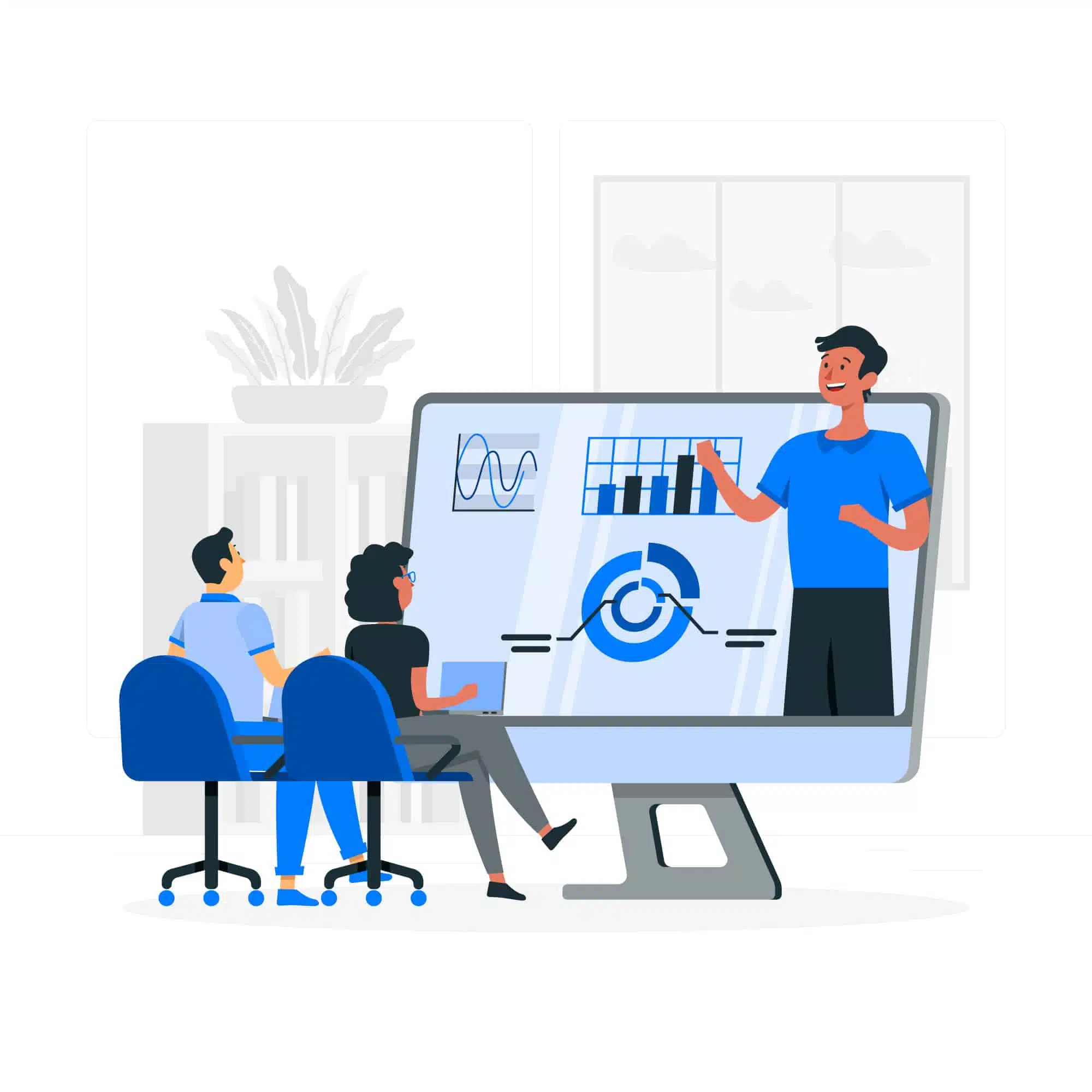The term “Git” has been much in the news lately because it is one of the most popular development environments in use today. The tool is known as “Git” GitHub” is a simple way to collaborate between developers and engineers and allows an entire team to work together on a project with a single source of ownership for everything related to the project.
With new applications and services becoming available almost every day, we are all needing ways to collaborate with others. It used to be that you had a group of people working on a project, but in many cases, the project would not have been completed. There might have only been a few changes, and the application was not even released yet.
With the use of version control, it is now possible to look back at previous versions of the application and see what has changed between them. This way, you can determine precisely where you need to add things to the application. With the use of version control, you can “branch” off of a specific branch and make changes based on past versions of the application without having to recreate the application.
So, how does the Git workflow help in devops? In addition to being a great way to collaborate and share information, the ability to have multiple versions of your application on multiple computers makes it very easy to create new software updates. To do this, however, you must first build your application using the latest version of the tools from Git itself. Once you have the code built, you can then work with it until you get a working product.
Once you have the code built, you will need to change the code so that it compiles and run on the various platforms that you are targeting. Then you have to add support for those platforms and build the application, which will run on your target system. After you have your application up and running, you will want to be able to test it as well. If you aren’t familiar with the Git workflow, it is simply the method of how developers to collaborate and communicate. In most cases, a developer will send a pull request (or PR) that will either “invent” a feature or fix a bug. When the code has been merged into the main codebase, the developer responsible for merging will add a reference to their branch to the branch on the project.
It is usually the responsibility of a maintainer to merge the branch that their client requested into the main codebase to a successful commit. When the commit is made, the developer will receive a commit message, commit the commit, and start building the next version of the application. This is how the Git workflow works.
Learn DevOps online classroom Training @ Technovids Consulting Services Pvt. Ltd.
WhatsApp us

Request A Free Demo Today !